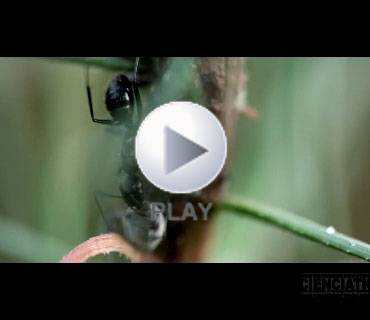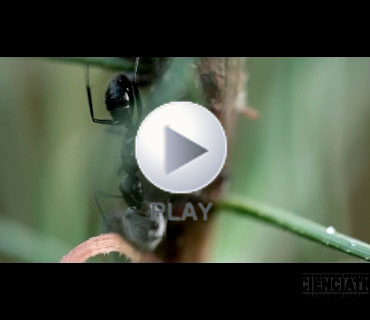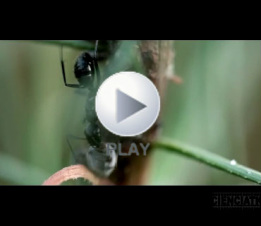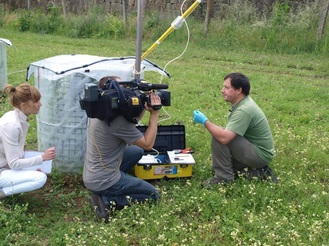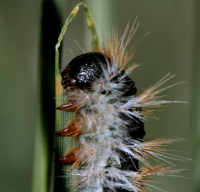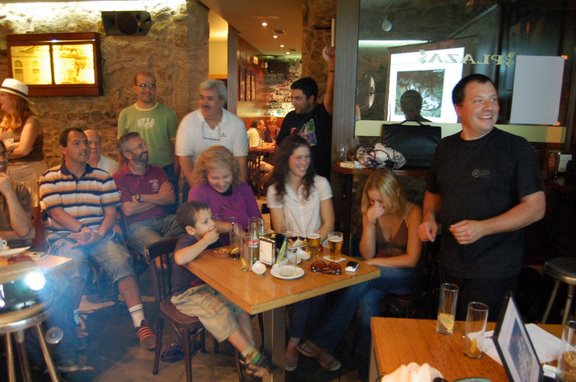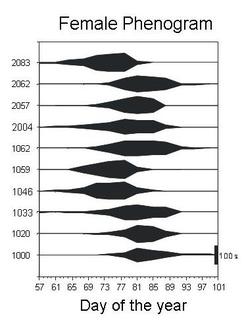Making public science, dissemination and education in bares and high Schools - 2018/2019 EXPERiCIENCIA
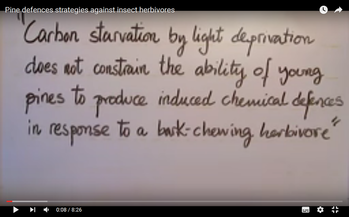
New video about Pine defensive strategies against insect herbivores linked to the new paper in Environmental and Experimental Botany.
Watch it at youtube:
https://www.youtube.com/watch?v=8X2oF5W2cJE
Versión en español en: https://youtu.be/xyG5kdAc-e8
Watch it at youtube:
https://www.youtube.com/watch?v=8X2oF5W2cJE
Versión en español en: https://youtu.be/xyG5kdAc-e8
|
Making Science Popular
El lenguaje de los bosques The language of the forests A linguaxe dos bosques made with our colleagues Luisa Martínez (Unidade de Cultura Científica, CSIC Galicia) and Pablo and María from INXENIA AUDIOVISUAL. This and other interesting videos useful for education and making public science at the CIENCIATK, CSIC Thanks to FECYT and Fundación Barrié
We also are involved in several projects of science popularization, such as the Cafes-Teatro-Científicos where we make a performance about different topics of science in a pub on friday night, joining two researchers and an actor or performer, to joining scientific knowledge, comedy and laughts at the time. Recently this initiative has been recognized as one of the top ten exemplar popular science activities in Spain.
|
Cafe-Teatro-Cientifico no Bar Plaza, Santa Uxía de Ribeira, Galicia, Spain.
|
SYNCHRO.SAS: A SAS program for analysing floral phenological data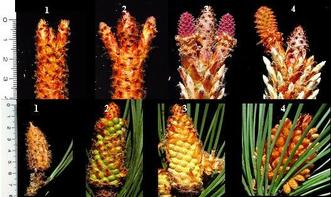
The SYNCHRO program calculates several phenological synchronisation indices and draws floral phenograms and other graphics that helps in the interpretation and quantification of field phenological data. The program is intended for SAS-PC under the Microsoft Windows. It has been developed using SAS Macros, simple data processing steps and several SAS procedures of the SAS/BASE 6.12 and SAS/GRAPH packages. The program is self- adjusting and it is not necessary to change the
code for different number of clones, day measurements or phenological
scores.
Details of Synchro utilities can be seen in: Zas R, Merlo E, Fernández, J. 2003. SYNCHRO: A SAS Program for Analysing the Floral Phenological Synchronisation in Seed Orchards. Sylvae Genetica 52: 212-215. PDF Download the program: SYNCHRO.SAS
Download a sample data set: EXAMPLE.SD2 Downolad some extra explanations: SYNCHRO HELP.PDF |
Example of a graph output |
Spatial analysis of field trials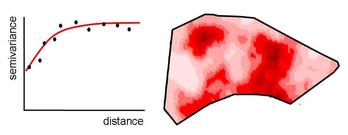
Conventional analysis of spatially correlated data in inadequately blocked field trials may give erroneous results that would seriously affect interpretation of the results. Particularly, forest genetic trials are commonly very large and strongly heterogeneous, so adjustments for microenvironmental heterogeneity become indispensable.
We have done some work studying the impact of spatial autocorrelation in the analysis of forest genetic trials and proposed some procedures to account for it using geoestatistics and/or mixed model approachs. This section compiles our papers on this topic. |
Related publications
|
Maritime pine breeding
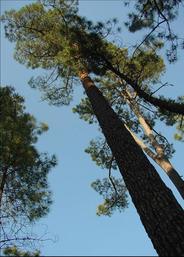
Formerly, we have been working in maritime pine breeding in northwest Spain. Here you can find some papers on the genetic variation of traits of interest for wood production, about genotype by environment interaction patterns, or about juvenile mature correlations. |
Related publications
|
Soil Ecology - fauna and microbes in action
We have been interested in the relationships of soil fauna with soil microbes, and in their role as drivers of nutrient fluxes in the soil system. We studied decomposition dynamics of soil organic matter, and particularly, we put attention to the close interactions between earthworms, a main component of the soil system, and microbes in their gut. Please visit the website of our colleagues for more information: Prof. Joann K. Whalen, McGill University, Montreal, Canada Prof. Jorge Dominguez, University of Vigo, Galicia, Spain. 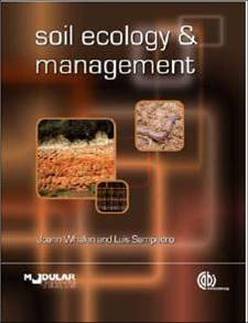
Soil Ecology and Management
Whalen J.W. and Sampedro L., 2010 Modular Text Series CABI PUBLISHERS, Oxfordshire, UK. 304 pages ISBN: 978-1-84593 563-4 Book Review by Stephan Scheu, 2011 in Basic and Applied Ecology 12:384-385.“…The book therefore makes an excellent textbook in particular for students of applied fields such as agriculture and forestry; but also biology students will find this a very valuable addition to their readings. The authors are particularly congratulated by taking a stringent biological perspective throughout the book.” |
|






